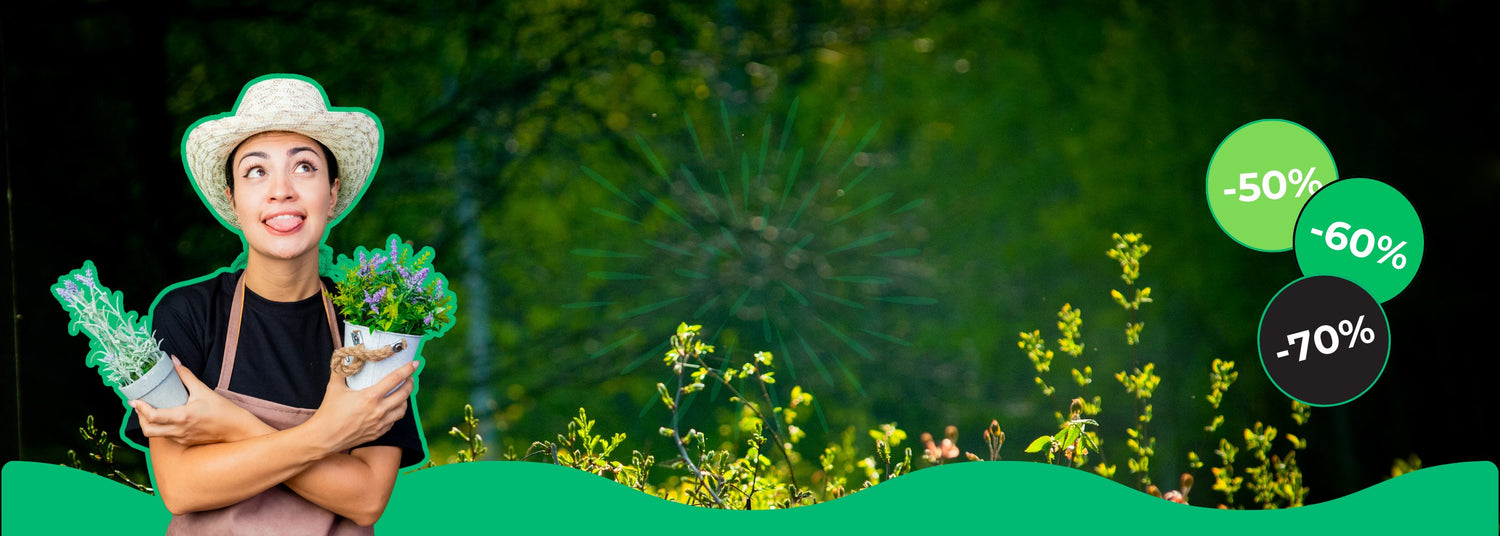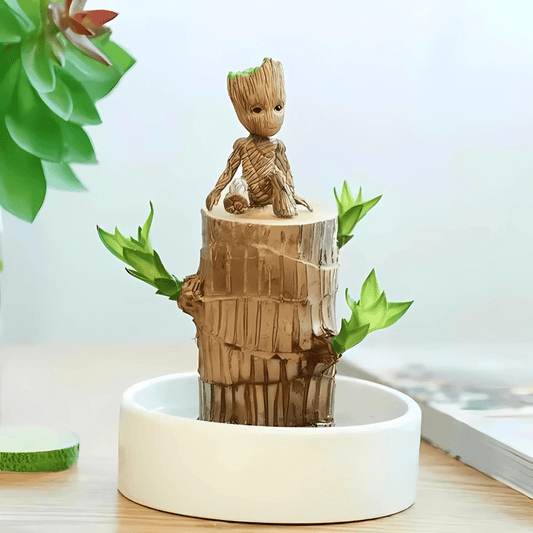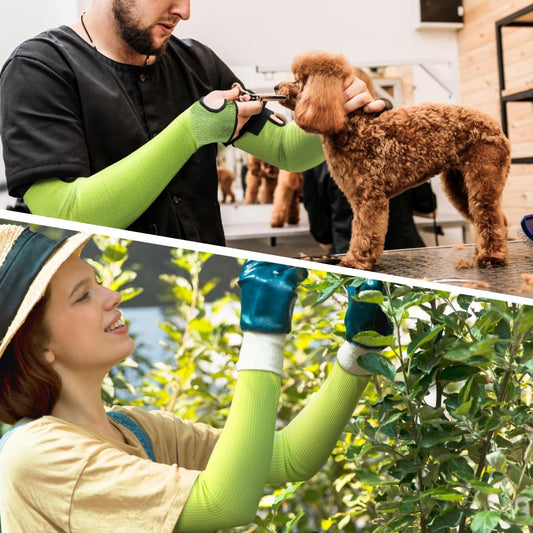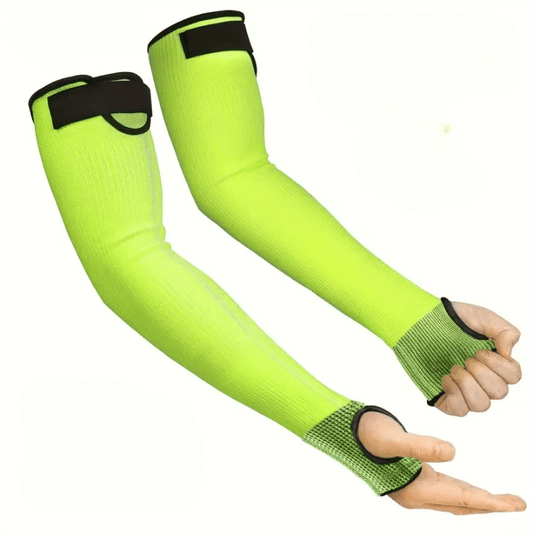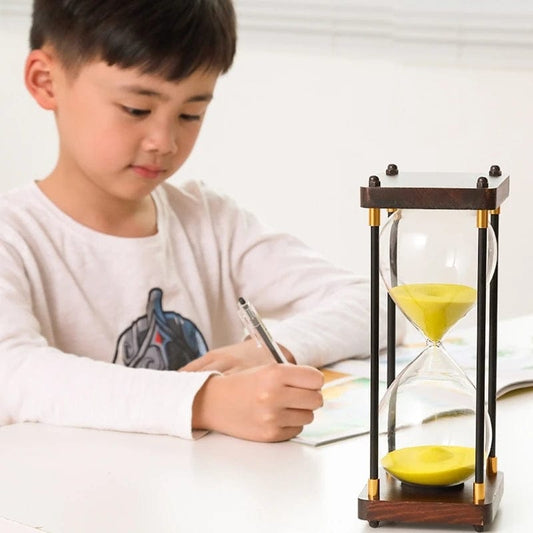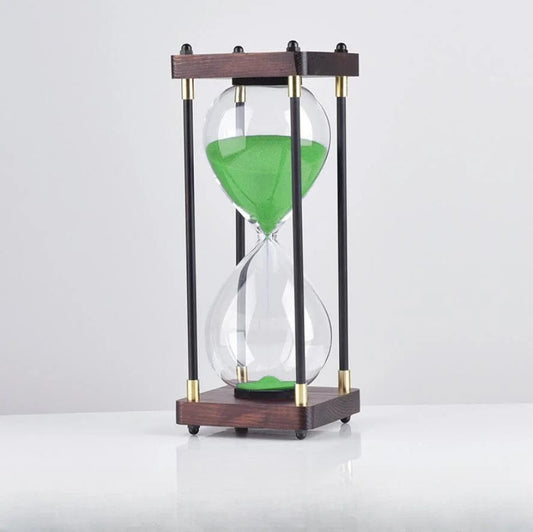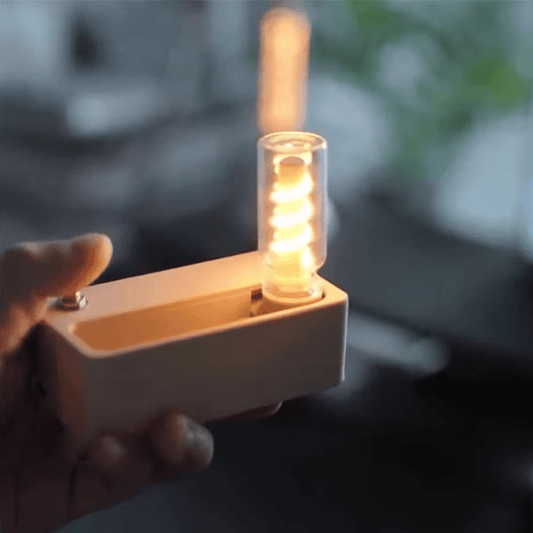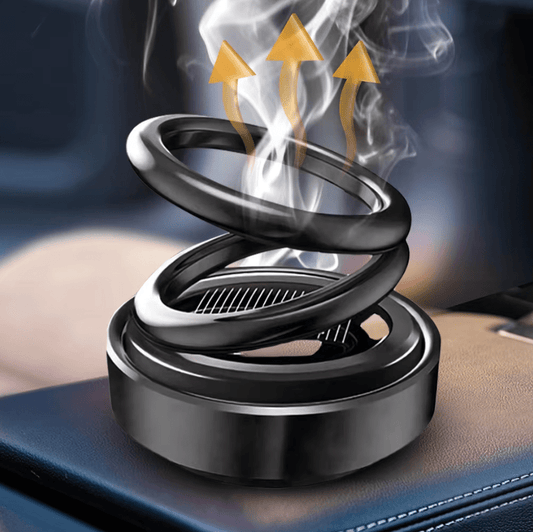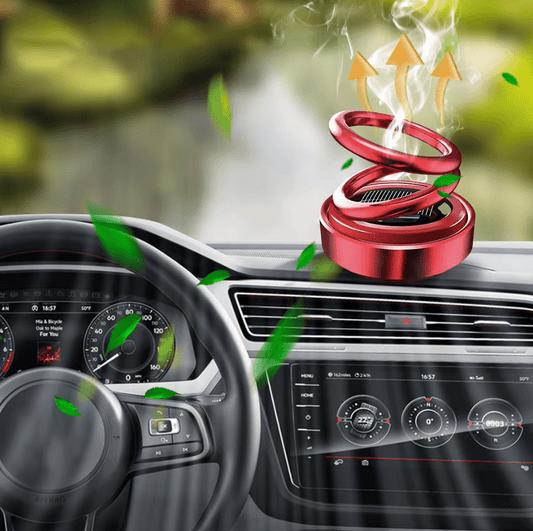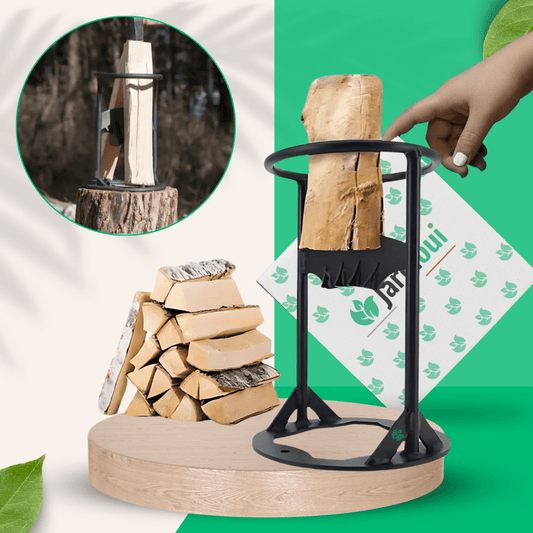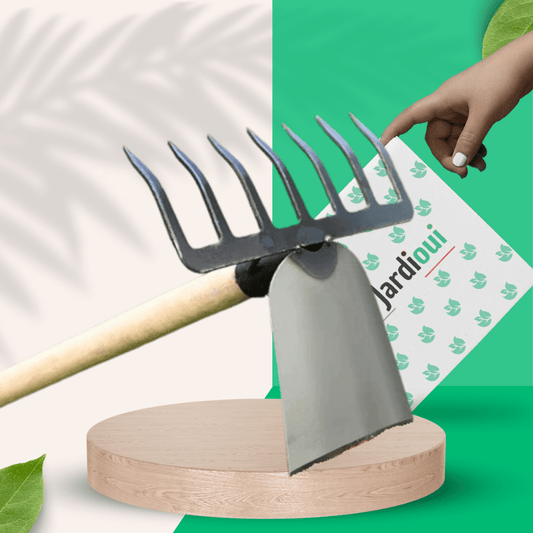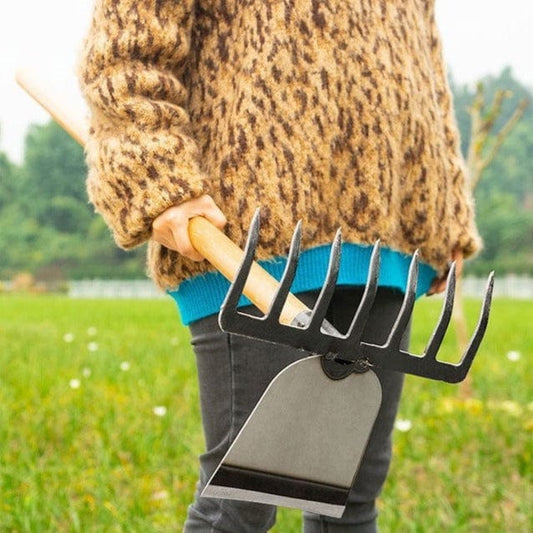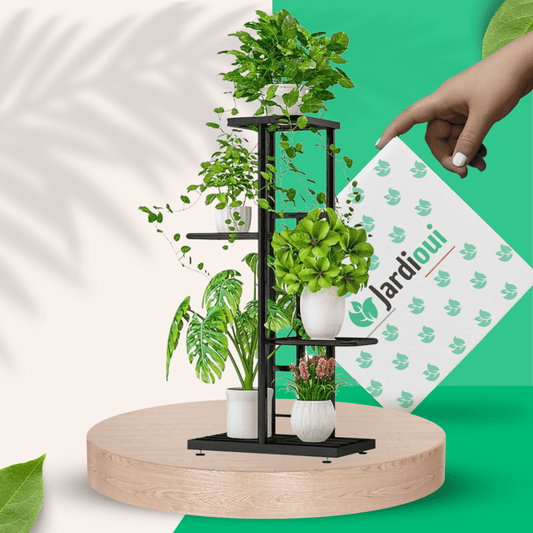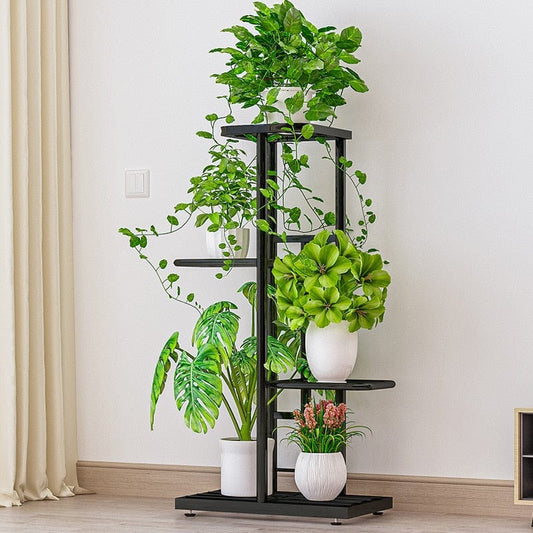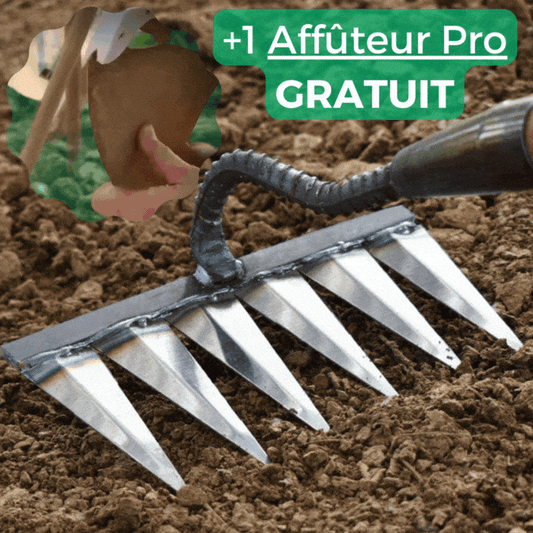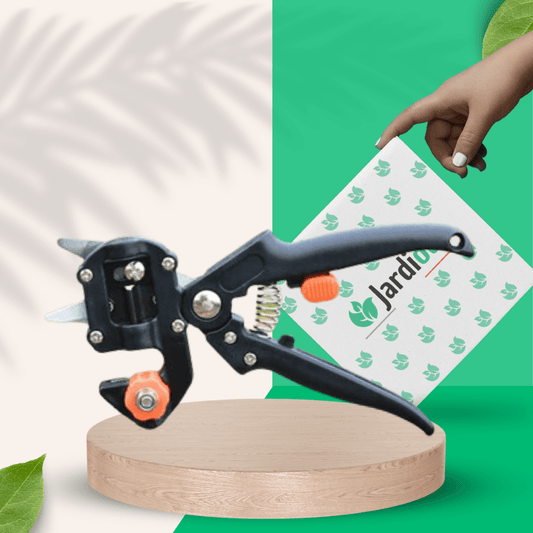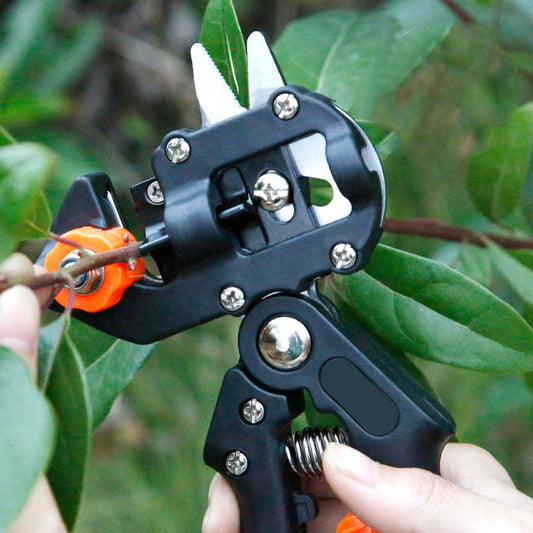How to Grow Herbs? - Indoor and outdoor herb gardens

Herbs have been cultivated and used for thousands of years for their culinary and medicinal qualities.
Their ornamental and aromatic qualities add aesthetic beauty and fragrance to any landscape. Once you taste the difference between fresh and dried herbs, you'll never go back.
Not only are fresh herbs more nutritious and better tasting, but they are also cheaper to grow and harvest yourself compared to buying from the store.
Here are some tips for starting an herb garden and growing your own fresh herbs at home.
INDOOR HERB GARDENS
Having access to fresh herbs in winter helps ward off seasonal blues. Customize your kitchen garden with individual accessories, or grow herbs indoors with one of the many kits available.
- Kitchen and Countertop Herb Gardens: These are indoor herb growing kits; some include everything you need, including seeds.
- Windowsill Herb Gardens: Specially designed to fit and grow on windowsills.
- Hydroponic herb gardens: allow faster growth. You can also use a hydroponic kit and grow without soil.

Best Herbs to Grow Indoors:
Choose varieties that grow well in filtered light. This includes :
- Chive
- Parsley
- Mint
- Oregano
- Tarragon
Don't be afraid to experiment with others like basil, dill and cilantro.
Light:
Place them in a south or west facing window that receives at least 4 to 6 hours of direct light per day, or use supplemental lighting. A grow light will increase yields and allow you to place your plants in a darker part of the house like a counter or shelf.
Soil:
Use a high-quality potting soil that drains well.
Watering:
Allow the soil to dry out somewhat between waterings. If the soil is dry to a depth of 1 inch, it is time to water.
Fertilization:
Apply a multipurpose water-soluble fertilizer every two weeks at half the recommended dose.
Drainage:
Make sure pots have good drainage to avoid root rot and fungal diseases.
Temperature:
The air temperature should be between 15 and 24 degrees Celsius, and place the herbs in a well-ventilated area.
OUTDOOR HERB GARDENS
There are several ways to grow herbs outdoors, including:
- Raised beds are a great way to maximize the amount of herbs you can grow and will produce the largest harvest.
- Container herb gardens can be grown in almost any container. Grow herbs in pots on a sunny patio or deck near your kitchen for easy access.
- Hanging herb gardens are perfect for a porch or balcony garden that receives at least half a day of sun. Maximize your space by growing in a hanging basket.
- Vertical herb gardens are another option for limited or small spaces. Arrange small pots on a shelf or vertical stand, or try a pre-made planter system.

Light :
Herbs need at least 6 hours of full sun per day.
Sun :
Amend garden soil with organic matter such as compost or manure and ensure adequate drainage. Soil pH requirements vary depending on the type of grass.
Use high-quality, well-draining soil like Proven Winners Premium Potting Soil for containers, hanging baskets and planters.
Watering:
Many herbs like lavender, rosemary and thyme prefer drier soil.
Others like basil and parsley require more water. Make sure you know the individual needs of each plant.
Fertilisation :
Most herbs need little or no additional fertilization. Add a slow-acting fertilizer such as bone meal fertilizer tips, cottonseed meal or blood meal at planting time and supplement with water-soluble fish emulsion if necessary .
Size and pinch:
Pinch the ends of branches to encourage a dense growth habit and produce a higher yield.
Use the pinched leaves in drinks or recipes. For herbs like basil, remove spent flowers to prolong the life of the plant.
Large woody plants like lavender and rosemary will need regular pruning.
ADDITIONAL TIPS
Annuals vs. Perennials:
Some herbs like basil, dill and cilantro are grown as annuals in most areas.
Others like thyme, sage and lavender are reliable perennial herbs.
Selection for success:
Choose herbs that are easiest to grow, such as parsley and mint, to maximize your chances of success.
Choose what you use:
Grow herbs that you use regularly, such as parsley, oregano, basil and mint.
Interior vs. Exterior:
Choose the right herbs for your situation. Some, like parsley and oregano, can be grown indoors, while others, like lavender and rosemary, need outdoor light and more space.
Harvest :
Morning is the best time to harvest herbs. Cut plants regularly to stimulate new growth, up to a third of the plant at a time.
The leaves have the best flavor when cut just before the plants flower. If using the flowers, wait until they are in full bloom. The seed heads can be harvested once they begin to turn brown.
Conservation :
For long-term use, herbs can be dried, frozen, or preserved in vinegars and oils. The best method depends on the type of grass. 
Companion Plants:
Herbs can complement other herbs or vegetables. Research herbs and their companions before planting.
- Plant basil next to tomatoes to repel flies and mosquitoes.
- Mint placed near cabbage will repel cabbage moth.
- Sage can be planted near rosemary, cabbage and carrots, but should be kept away from cucumbers.
- Ornamental flowers are useful in kitchen gardens as pollinator attractors, weed suppressors or pest control. This includes marigold, alyssum, nasturtium and calendula.
